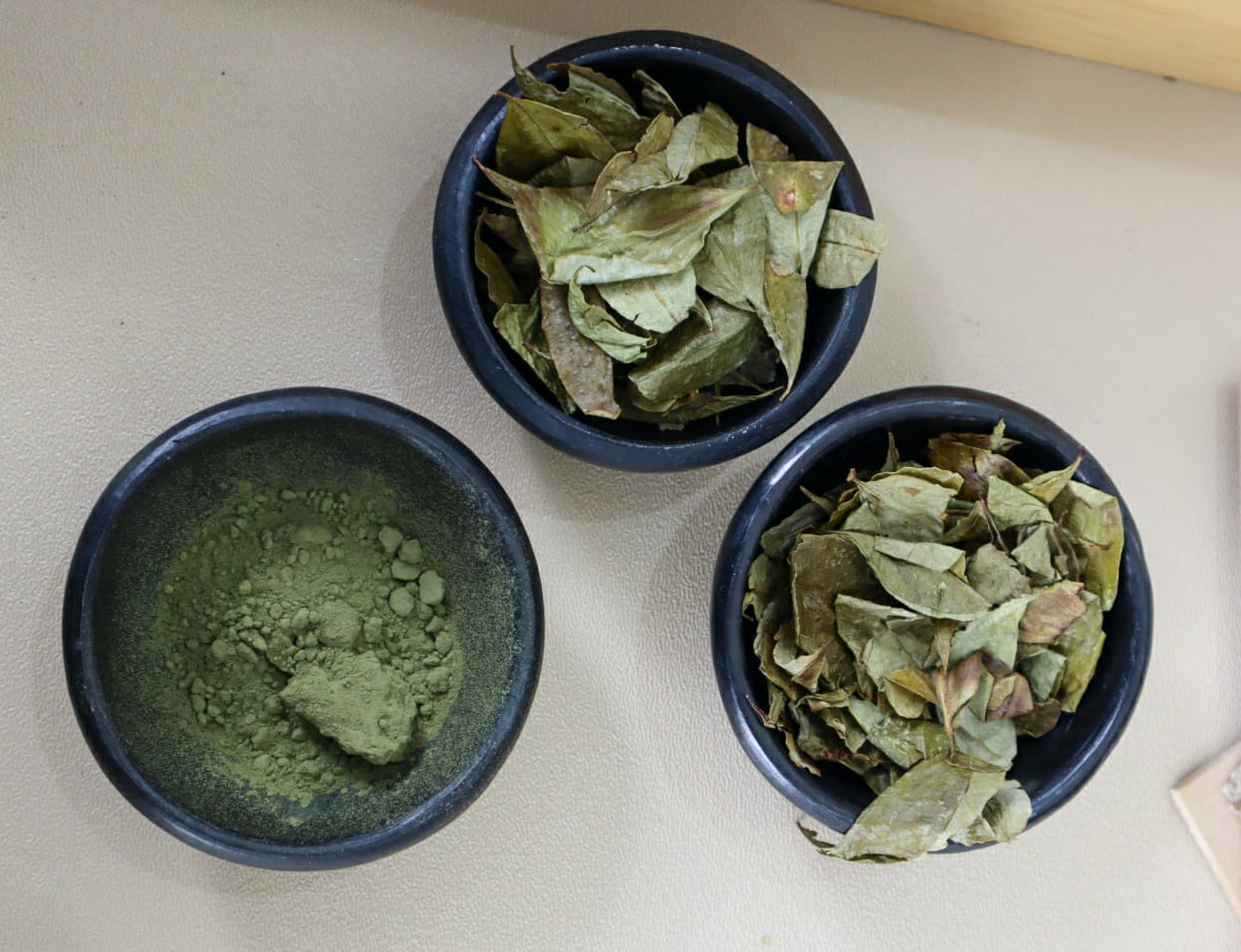The first edition of the Futuro Coca festival took place in Bogotá, Colombia, on 31 July. The event brought together several people from across the world of coca, aiming to educate people on the plant and its uses and ultimately reduce the stigma the plant and the country currently carry. The festival was an invitation to reflect on how prohibition has damaged communities, and to imagine possible alternatives for the future of coca. It highlighted the plant’s potential in many different fields, ranging from food to fashion; it also encouraged attendants to dive deep into a plant that has so much to offer, but has been so misunderstood for decades.

The coca plant’s stigmatisation began before cocaine was ever produced when colonial institutions began to prohibit it in order to eradicate indigenous beliefs, for whom it was, and still is, a plant of central power in their culture and cosmovision. However, the American-led War on Drugs is what led to the phenomenon of cocaine production and transnational trafficking, where the coca plant began to be equated solely with cocaine. Both were considered as equal dangers.
As a result, the people who had historically used and planted coca were persecuted by the state or instrumentalised by the illegal economies, mostly peasants, Afro-Colombians and indigenous people. This situation intensified the violence, causing deaths, arrests, discrimination and many other social consequences derived from this false equivalence. The coca bush quickly went from the “bush for joyful thinking” (la planta para pensar bonito) became “the bush that kills”.
The cocaine business turned out to be so profitable that it began to be used as a way of financing the war in Colombia, generating violence in the countryside and cities, as well as environmental damage from deforestation for its production. At the same time, actions were taken to exterminate the plant as well as its growers, such as fumigations with glyphosate, criminalisation of its trade, imprisonment and even the death of those who used it. This created an imagined reality around coca and Colombia that is still deeply rooted in our collective thinking, permeating government institutions, the media and cultural products, and deeply permeating the Colombian national identity.
Futuro Coca is an educational proposal for all ages that aims to change this stigma: it attempts to reevaluate the plant and re-encounter it; to recover it from the stories created by the War on Drugs, and to put it at the service of humanity. In the words of Carmen Posada, one of the event’s organisers, “this is a space to realise that the coca leaf can be a source of life and not a source of death”.

Coca’s diverse potential
Through different initiatives from diverse actors from across sectors and disciplines, such as textiles, cooking, medicine, art and ancestral views, learning spaces were created to share with citizens. People were able to taste, interact and use coca in its different forms and preparations. Food proposals such as cheeses, soft drinks, beers, and ice creams allowed us to recognise the deliciousness of coca-based gastronomy. From conversations on its potential as a natural fertiliser or as a fabric dyeing agent, we also spoke about its regulation, ancestry and crafting new narratives.
We participated in sharing circles with coca growers from the Nasa indigenous community, who spoke to us about the importance of the plant and their experiences of struggle. They shared their sense of respect for coca and how it is transformed into mambe: this is the product of the mixture of coca flour and yarumo ash or limestone. The Nasa men and women pointed out that we can turn to mambe when we seek the guiding word, a clarity of thought, and to improve physical and mental wellbeing. Between music and art, they invited us to ask ourselves about the relationship between coca, society, regulation, science and ancestry.
Futuro Coca also aims to influence the global narrative around Colombia. There is an exciting opportunity for us to become pioneers of a new scenario unfolding before us, and to turn Colombia into a force that can continue understanding and developing the benefits of the plant. As Carmen pointed out: “coca should be a source of pride, we should feel proud abroad to be the largest producers of coca in the world, to be able to export and show its benefits, beyond the bad things that have been painted for decades”.
Coca’s feminine energy
Coca was pointed out throughout the festival as a plant associated with the feminine: according to the indigenous tradition of the Nasa community, it was spoken of as “the plant of the sweet word”. This was reflected in its spirit: seeing so many women as protagonists of these proposals, from its organisers, cooks, traders, artists, indigenous coca growers, among others, seemed like a manifestation of its feminine force.
I learned a lot and had very gratifying experiences thanks to this festival; it allowed me to get to know the plant and all the people who believe in and fight every day for a different world. I am left with many reflections yet also many questions, which only emphasises the need for deeper and more conversations. It is necessary to continue destigmatising the plant and its uses, to take these discussions to neighbourhoods, schools, universities and more generally across life. As Colombians, this is our responsibility: coca has a crucial role in building peace within our country and to achieve justice for all communities affected by prohibition and war, here and abroad.
We cannot deny that cocaine is also part of the history of coca and Colombia. And while coca is not only cocaine, it is derived from this plant. A conversation around possible regulation is essential, as its existence, consumption and production will never disappear. We must recognise as a society that the substances are not to blame, but rather the wrongful treatment they have been given for years due to prohibition and its violent forces, which has given the total control of the plant’s image and future to a small group which has destroyed its surrounding culture and accompanying beliefs. It is time to change the discourse: to collectively build a new future for coca, with a focus on restoration and social justice. As our indigenous peers have taught us, the plant will show us itself the way of joyful thinking.



